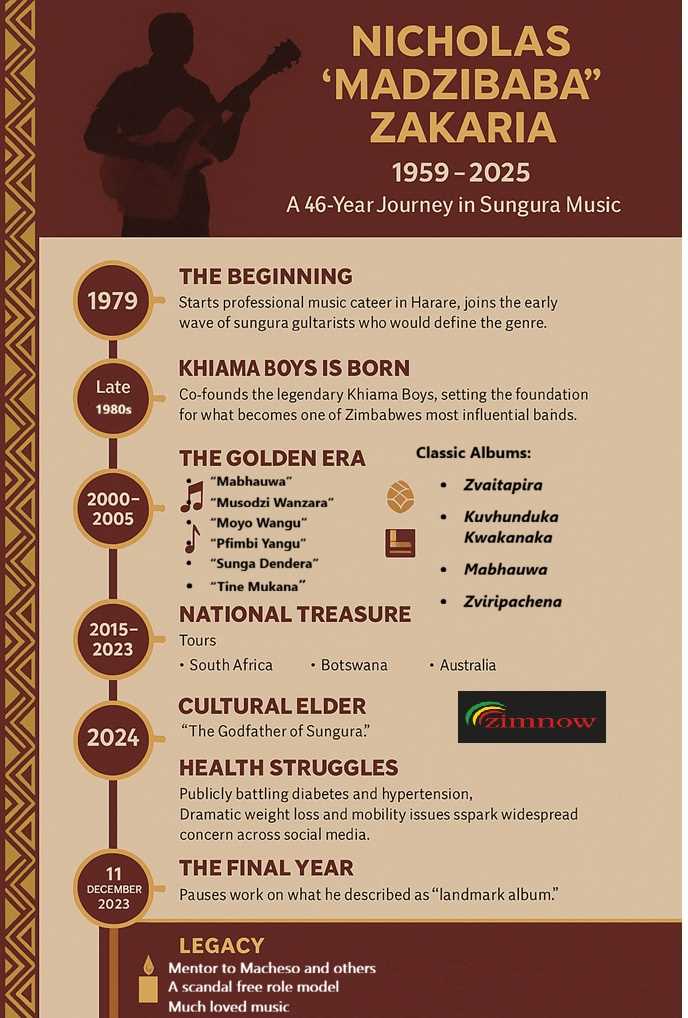
Zim Now Writer
For the 181 million children worldwide under 5 years of age, one in four children are experiencing severe food poverty, making them up to 50% more likely to experience wasting, a life-threatening form of malnutrition, a new global UNICEF report has revealed.
Among these, 580 000 are Zimbabwean children, a number that could rise with the current EI Nino induced drought.
In a statement, UNICEF Zimbabwe emphasised the critical role of early childhood nutrition in determining children's growth and development.
“But hundreds of thousands of Zimbabwean children, especially the youngest aged between six months and two years, the poorest and the marginalised do not have access to the minimum nutritious foods they need during the time in their lives when good nutrition matter the most for their growth and development.
“In Zimbabwe, the long-term impacts of Covid-19 on child diet are still being seen, with the addition of multiple health outbreaks, including cholera, the impacts of the climate crisis and, rising food prices. These factors are all driving child food poverty in Zimbabwe,” reads the statement.
Related Stories
UNICEF Zimbabwe representative, Dr Nicholas Alipui said, “Food insecurity among Zimbabwean children could further deteriorate in 2024 with the EI Nino induced drought that has caused above-average temperatures and below average rainfall. It is urgent to address child food poverty today to avoid more being pushed into a life-threatening status of severe malnutrition.
“To scale-up community-based nutrition activities, additional support is needed from government, development and humanitarian partners, national and international civil society and non-governmental organisations.”
According to the global UNICEF report, children who consume two or less of the eight defined food groups are considered to be in severe child food poverty. Children who consume three or four food groups per day are experiencing moderate food poverty, while children who are fed five or more of the eight defined food groups are not considered to be in food poverty.
In Zimbabwe, less than one in ten children consume a diet containing five or more food groups, with the frequency required to ensure optimal growth and development.
The report also highlights alarming statistics that children living in severe food poverty are up to 50% more likely to suffer from life-threatening malnutrition.
In line with Zimbabwe’s Nutrition Narrative, the government with UNICEF and other partners, is implementing activities under the Multi-Sectoral Food and Nutrition Security Strategy, to improve children’s diet diversity and prevent all forms of malnutrition.
“These activities focus on making nutrient-dense foods more available and accessible at household level through a network of community-based support programmes to caregivers known as Care Groups, with links to relevant services in health, sanitation and hygiene, water, social protection and agriculture”.



















Leave Comments